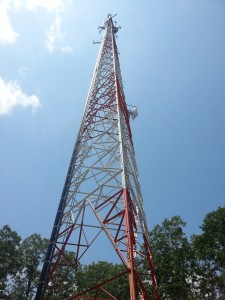Shale gas development has been accompanied by concerns regarding the overall greenhouse gas footprint of this energy source (Alvarez et al. 2012). Estimates of total methane (CH4) leakage from shale wells to point of use have ranged from about 1% to more than 7% of production (e.g., Jiang et al. 2011; Howarth et al. 2011), with the greatest variability due to estimates of leakage in the production phase, which accounts for 1-4% leakage in these estimates. Government accounting of shale gas emissions has changed frequently and by large amounts. Changes in natural gas-related CH4 emissions reported by the US Environmental Protection Agency (EPA) caused the estimated national average production-sector leak rate for 2008 to jump from approximately 0.16% of production in the 2010 report, to 1.42% in the 2011 and 2012 reports, and back to 0.88% in the most recent 2013 report (US Environmental Protection Agency, 2010; 2011; 2012; 2013). Actual industry-wide leakage rates remain highly uncertain and will remain so until small scale leakage estimates are reconciled with large-area estimates derived from atmospheric data.
As noted by Alvarez et al. (2012), a leak rate of greater than 3.2% of production will make coal producing power plants a better option in terms of greenhouse gas emissions in the short term than natural gas powered plants. Existing short-term but large-area estimates (Petron et al. 2012a,b; Karion et al. 2013) suggest relatively high fugitive emissions from production. Accurate, regionally-comprehensive and continuous monitoring of the actual rate of leakage from shale gas production is required both to document the greenhouse gas impact of gas production and to evaluate efforts to reduce emissions.

Four or five communications towers (>50 m AGL) will be instrumented with cavity ring down spectrometers to continuously measure in-situ total CH4 and isotopic ratio of CH4, two in the midst of natural gas extraction area in northeastern Pennsylvania and two-three sites in surrounding areas to serve as background sites.